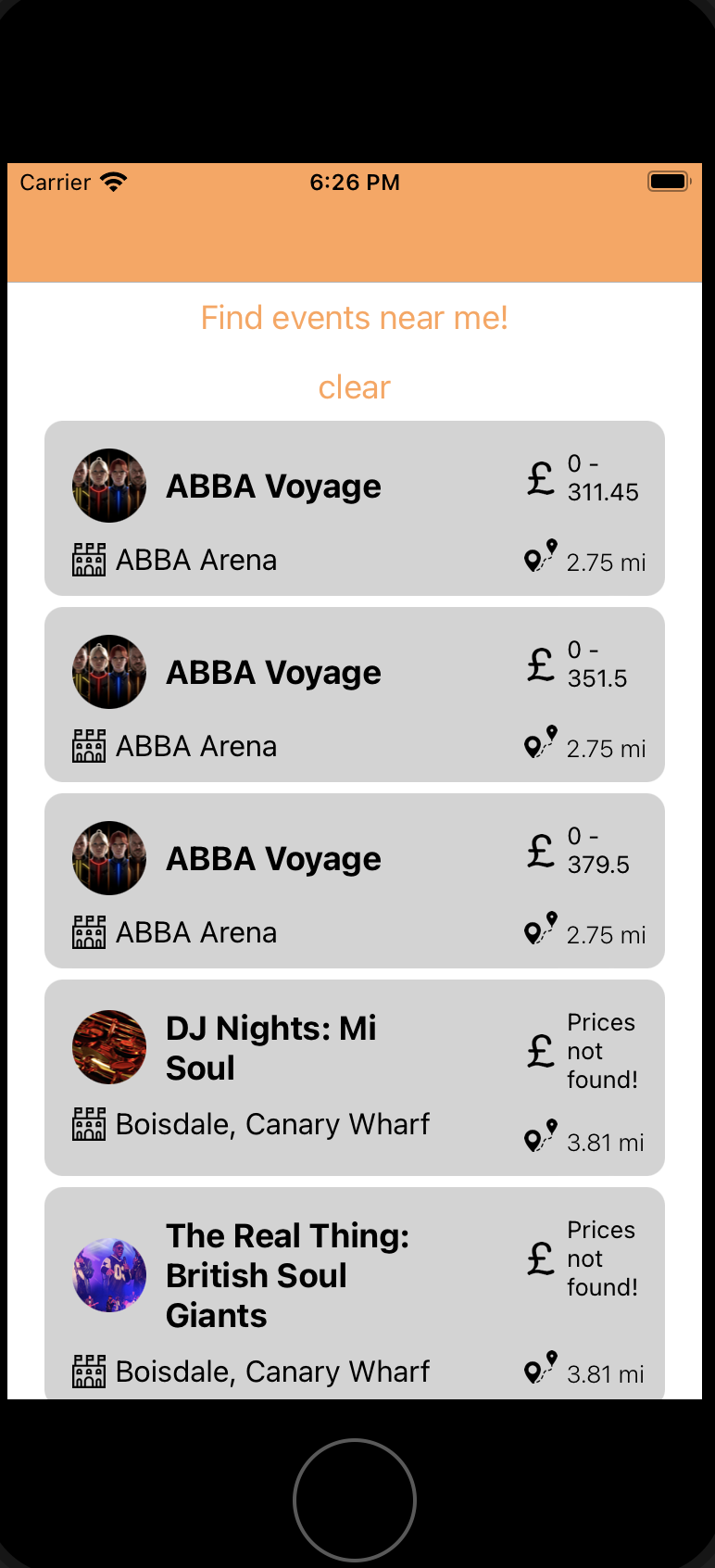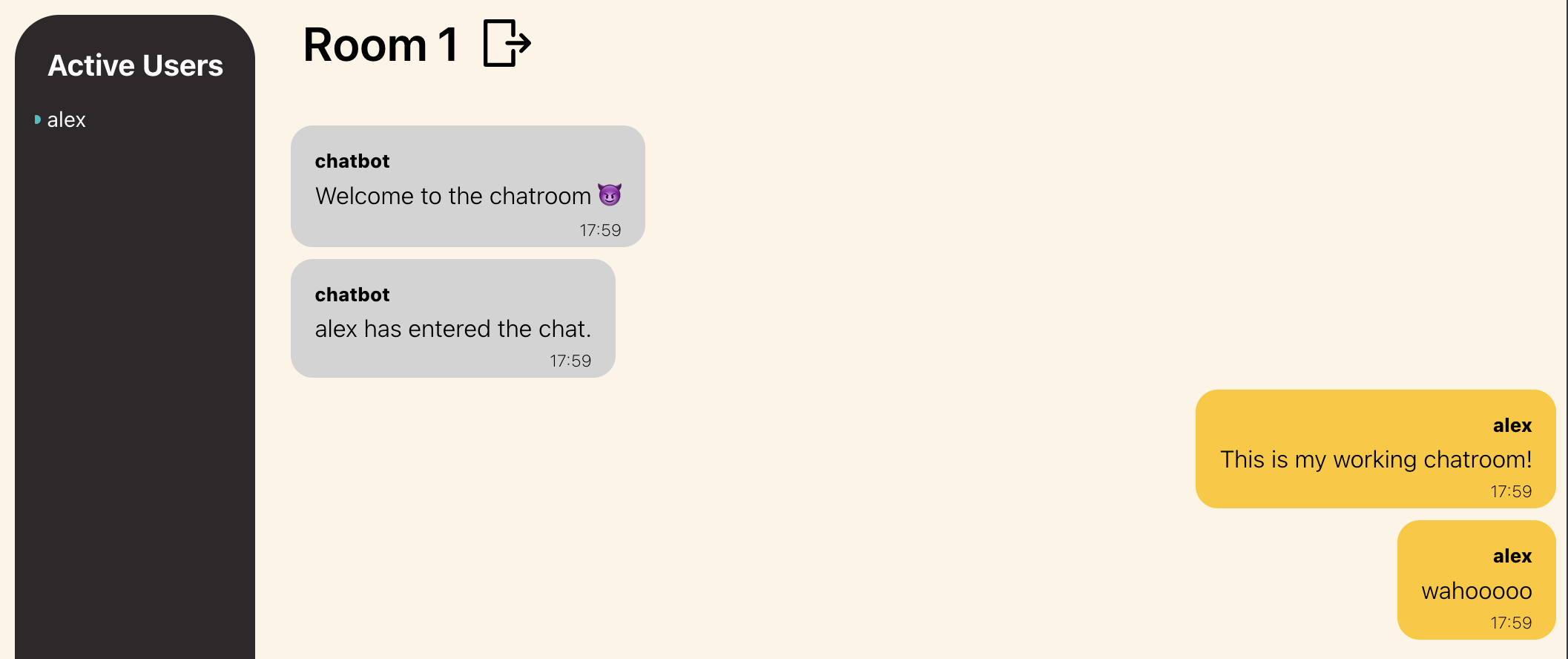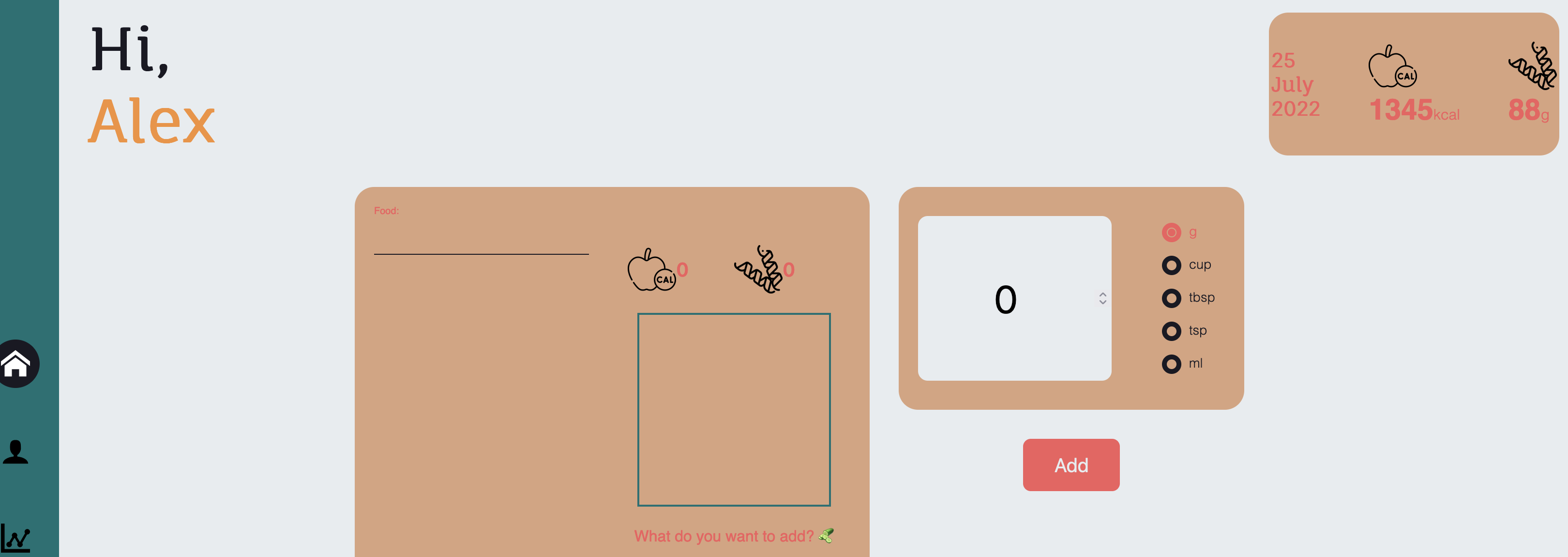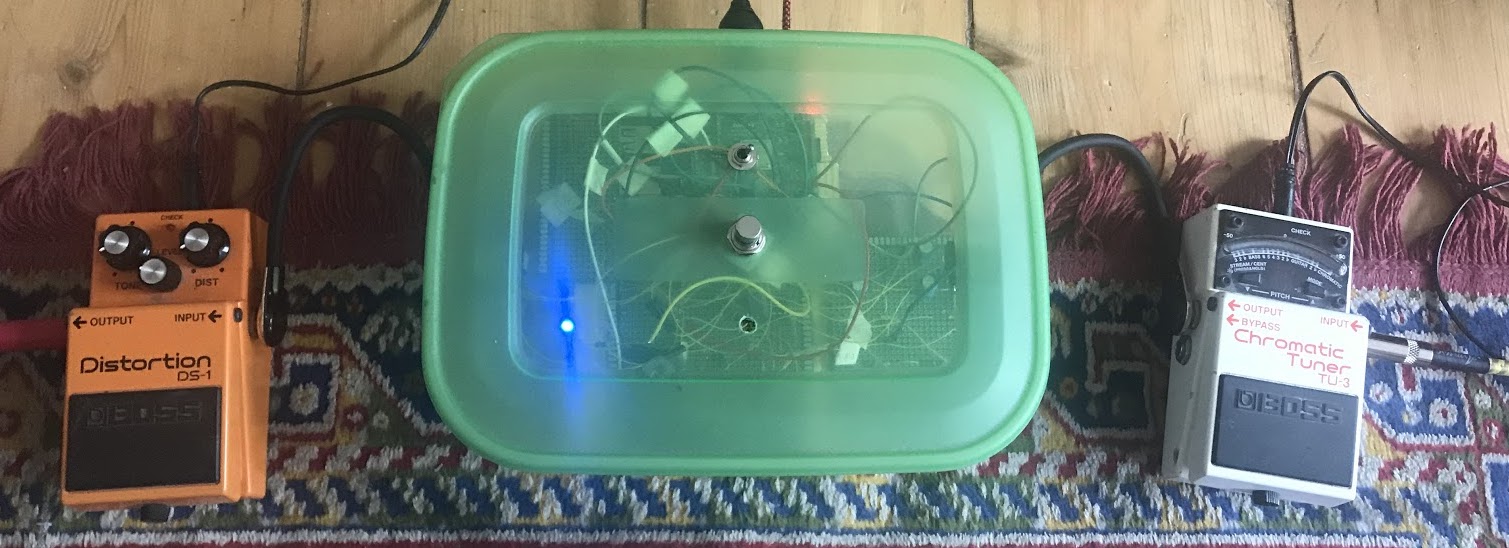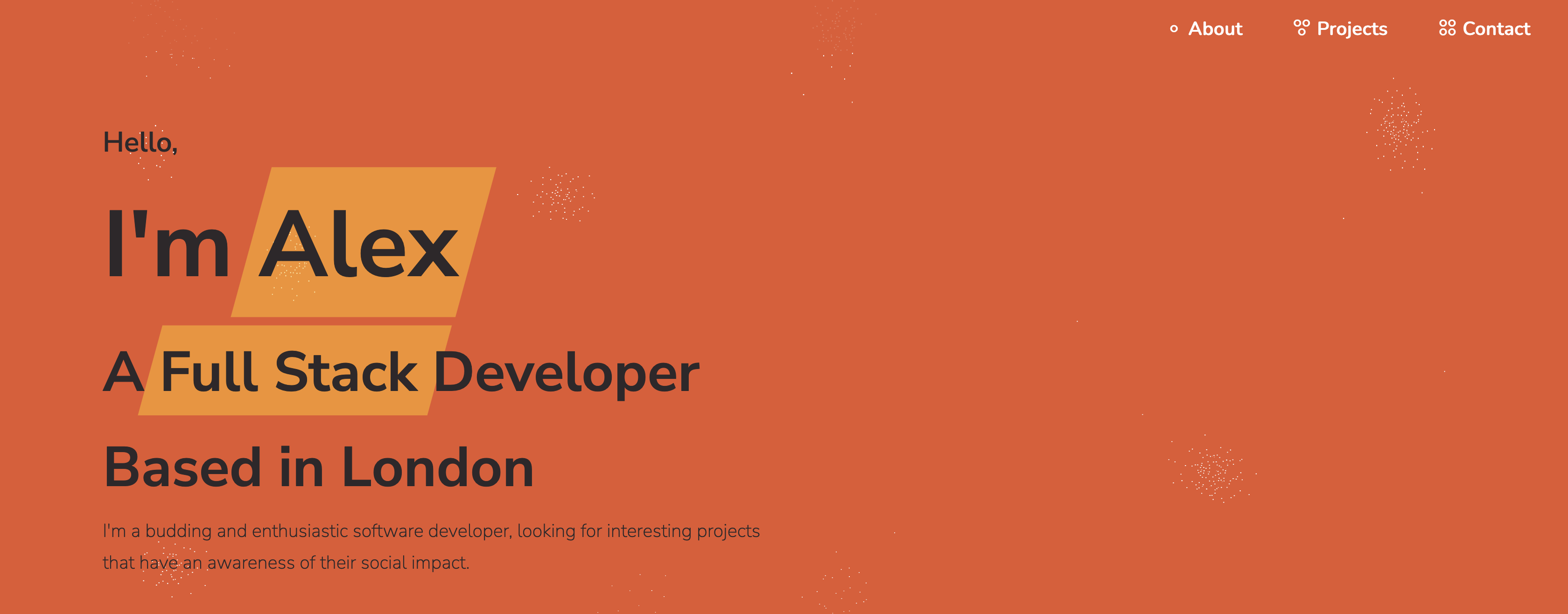Me
Hello and welcome, my name is Alex, and I’m a creative technologist and software developer, particularly geared towards developing things that are web based. I began coding as teenager with Visual Basic, which makes me a somewhat outdated cliché. My first web app was a teacher-student quiz site, written in PHP for an A-level project, how far I’ve come.
I studied Creative Computing at Goldsmiths, University of London, graduating in 2020 with first class honours. My degree saw me focusing on audio-visual programming, with a focus on group and self-led projects. Since graduating, I’ve been working as a teaching assistant at Goldsmiths, whilst also spending my time mastering new technologies I’d like to work with in industry.
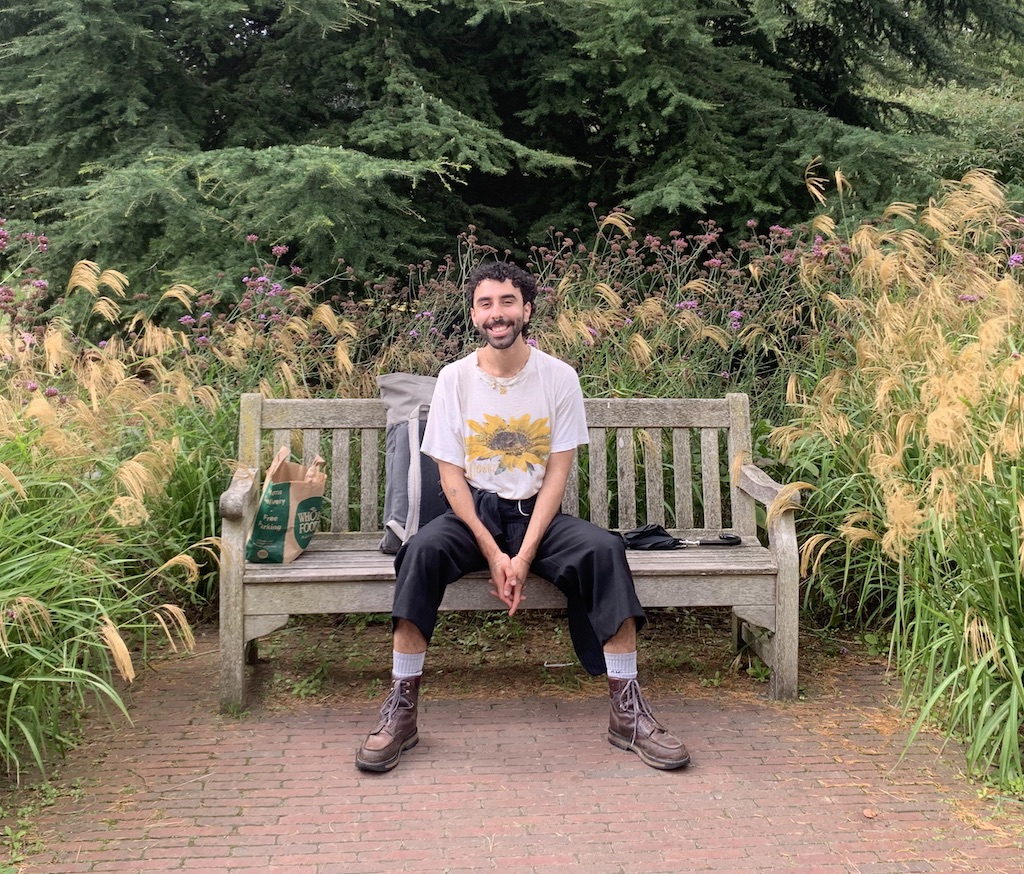
Currently most interested in

Javascript

React

Node.js

Wordpress
